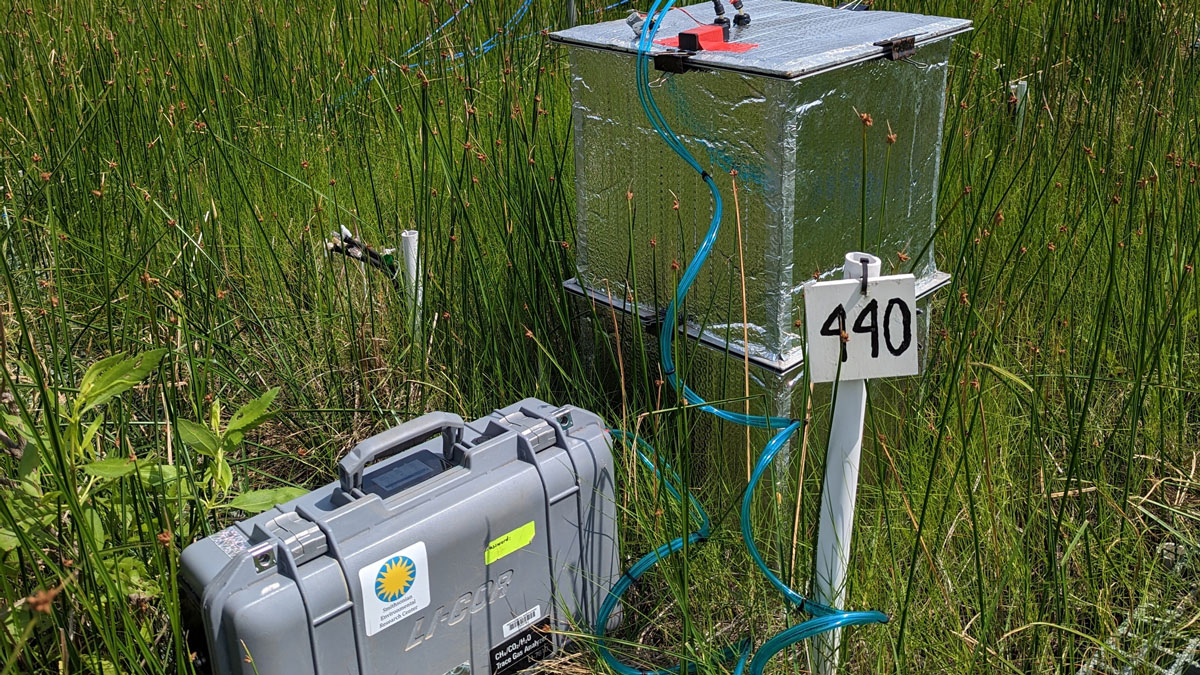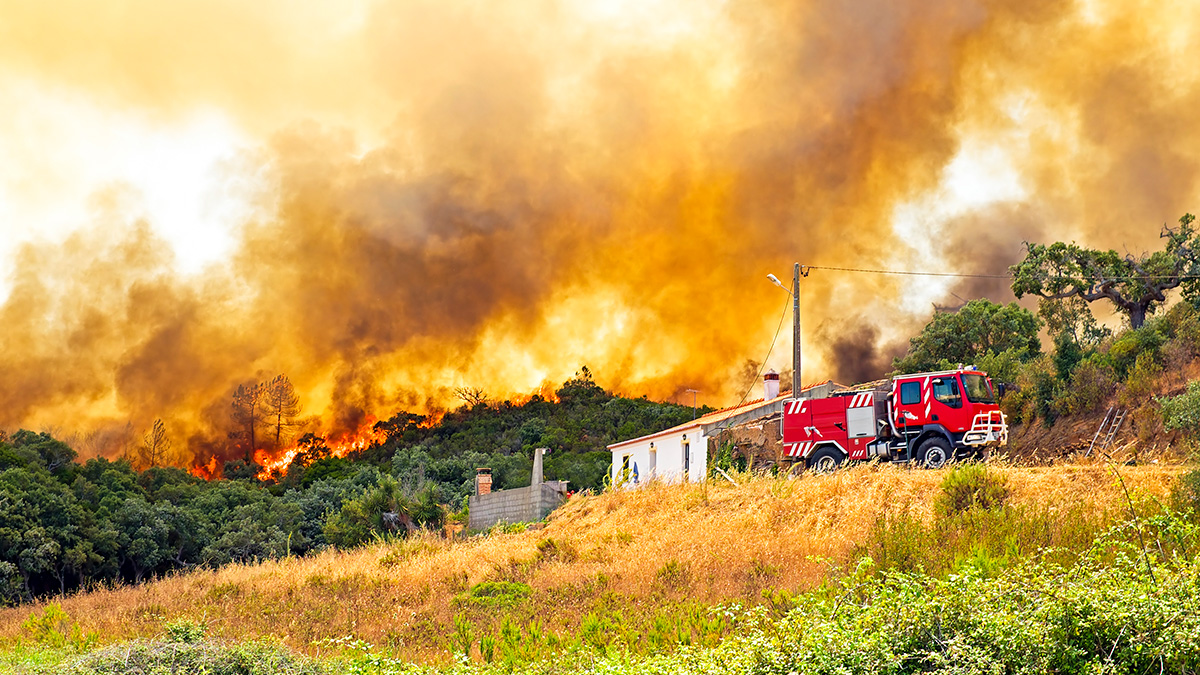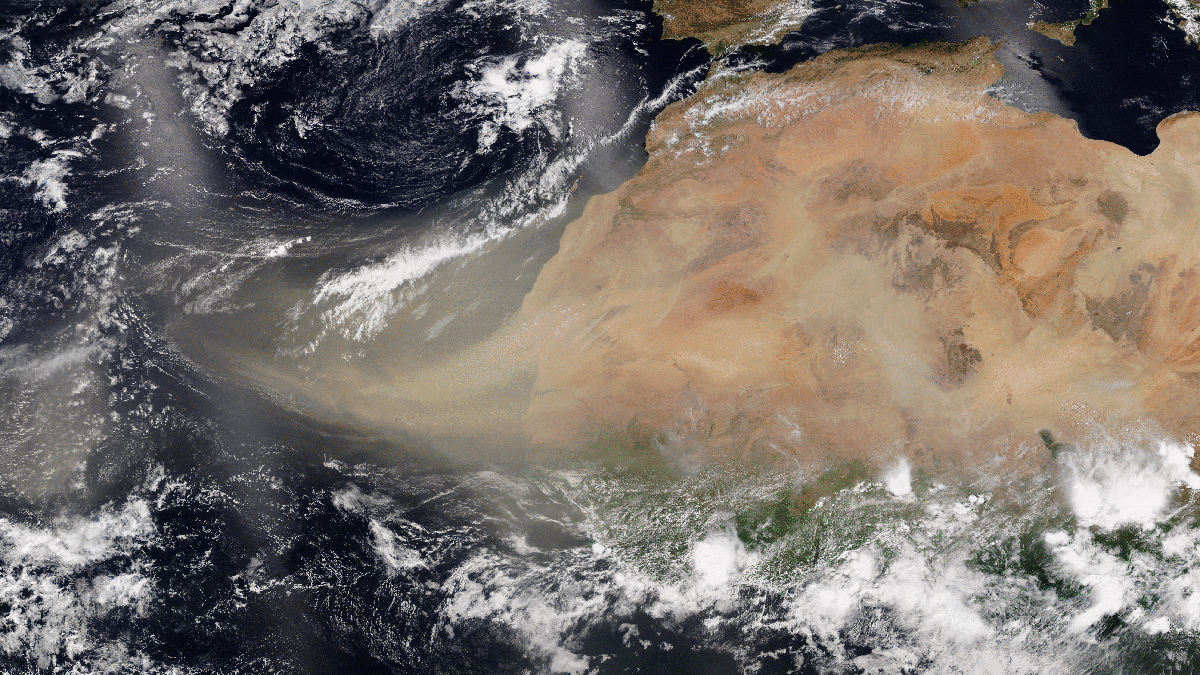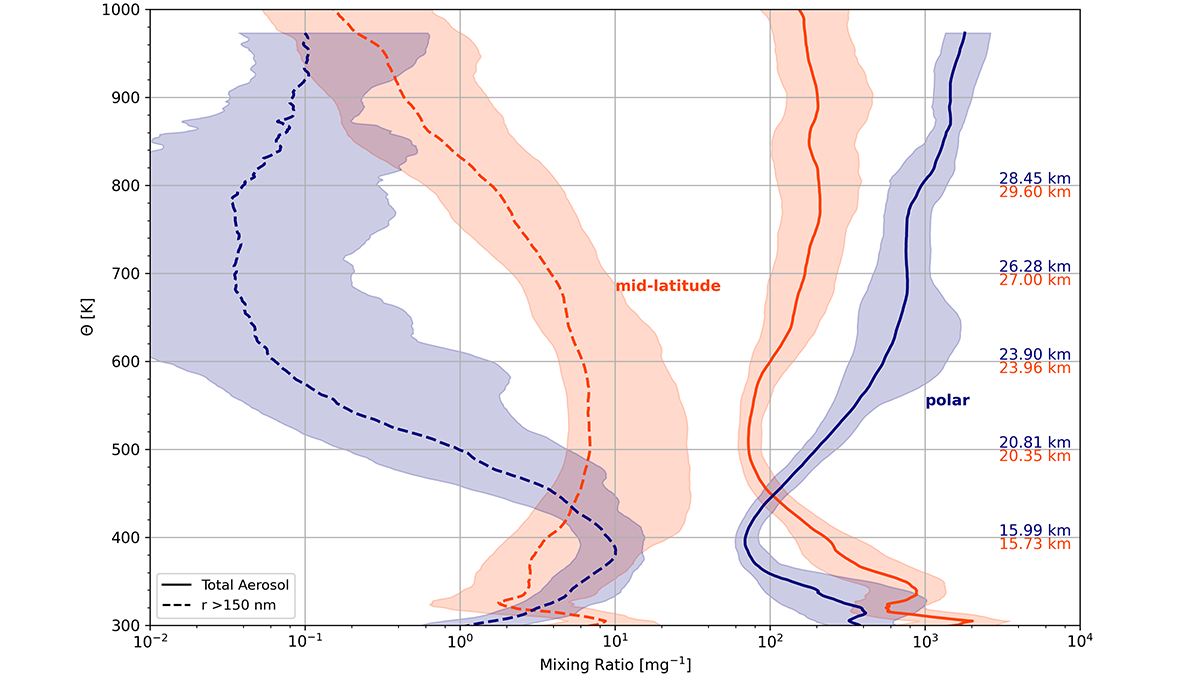An easy-to-use R package offers a more efficient way to sort through and analyze data about greenhouse gas levels collected in static chamber experiments.
everything atmospheric
Unusual Occurrence of STEVE: An Aurora-Like Glow
STEVE is a mysterious purple-white arc near the aurora, typically seen after space disturbances called substorms. A new study reveals a rare STEVE event without a substorm, prompting questions about its origin.
Centennial-Scale Jumps in CO2 Driven by Earth’s Tilt
Antarctic ice records uncovered seven previously unknown jumps in atmospheric carbon dioxide. These events may have been driven by changes in Earth’s tilt.
How an Ocean-Sized Lake May Have Formed on Ancient Mars
The catastrophic collapse of Mars’s atmosphere may have melted its polar ice cap, creating an ice-covered southern sea.
Como os Incêndios e o Clima Afetam a Saúde Pública de Portugal
Os investigadores analisaram os dados para examinar os efeitos dos incêndios florestais, dos poluentes e dos fatores meteorológicos na mortalidade e na saúde cardiovascular no país ibérico.
Clumped CO Isotopes – New Tracers for Atmospheric Chemistry
A new study reports the first measurements of 13C18O in atmospheric carbon monoxide (CO) and show their variations reflect chemical ‘aging’ consistent with predicted kinetic isotope effects.
Saharan Dust Carries Iron That Feeds Life in the Distant Ocean
A new study of seafloor sediments suggests reactions in the atmosphere convert dust-borne iron into forms more readily taken up by phytoplankton.
Five Decades of Stratospheric Aerosols from Balloon Measurements
Long-term global measurements of stratospheric aerosols reveal climatological structures and processes controlling new particle formation.
Simulating Arctic Carbon Emissions in a Warming World
Not all climate models include carbon from thawing permafrost, and those that do often disagree. Scientists are working to better inform models and assess how these crucial materials are simulated.
Heat Moves More Freely Through Warmer Sea Ice Than Scientists Thought
Flowing brines transport heat more effectively than old models showed, potentially changing climate simulations.










